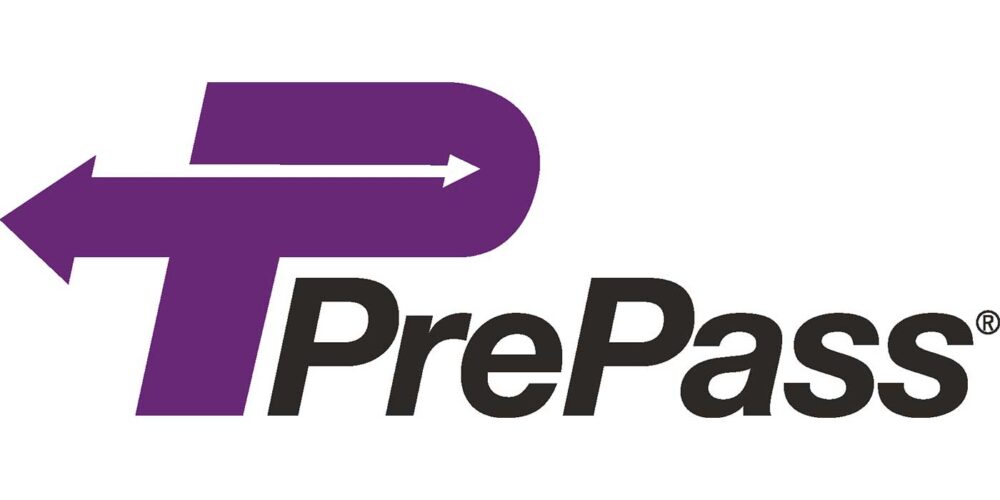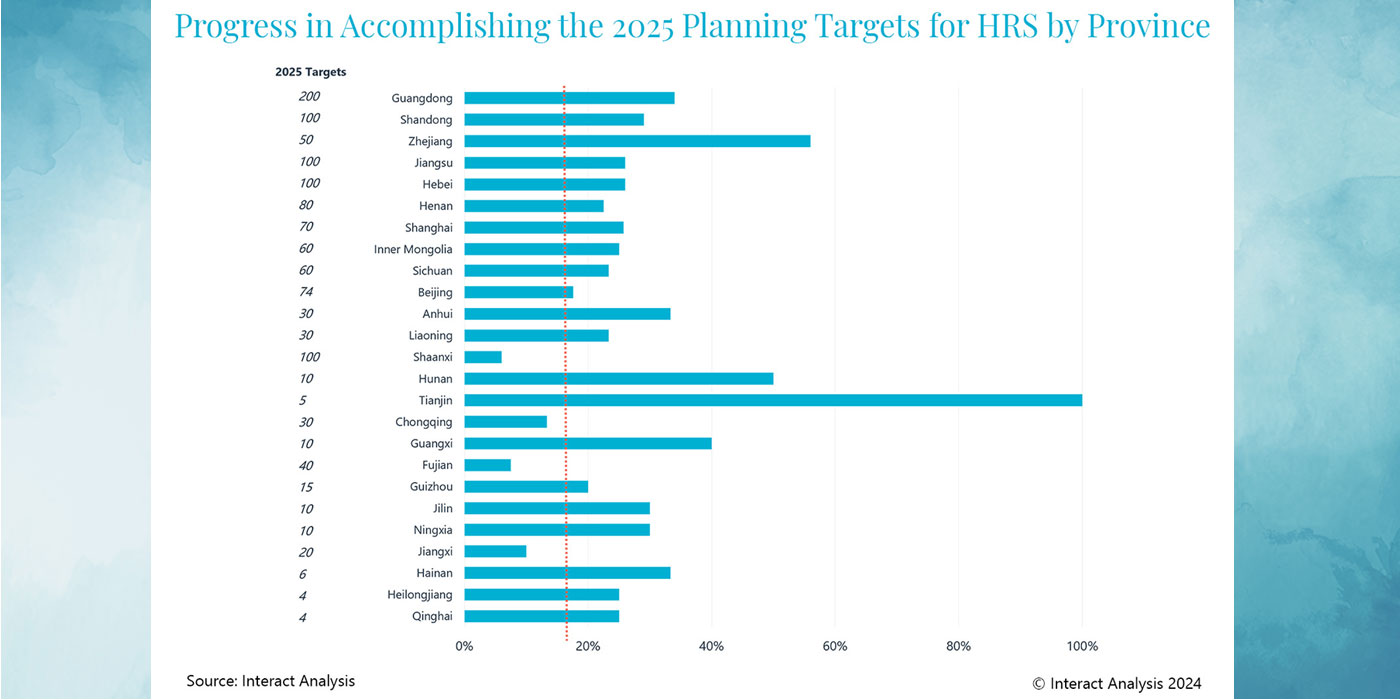Truck freight volume contracted 2.6% compared to the second quarter and 4.9% year-over-year, according to the third quarter 2022 U.S. Bank Freight Payment Index released today. The Index revealed spending by shippers also dropped in the third quarter.
This was the steepest quarterly drop in shipments since the first three months of 2021. A strong uptick in freight truck activity in the Southwest region prevented deeper declines. Volume in the region jumped 5.8% over the second quarter and 6.6% year-over-year.
Spending by shippers also contracted in the third quarter, dropping 2.4% compared to the second quarter. This was only the second quarterly decrease in spending since Q3 2020. The Midwest region had the largest quarterly decline in spending while the Southwest was the only region to experience a quarterly increase. When compared with the third quarter of 2021, overall Q3 2022 spending was still up 10.6%.
“Lower freight volumes, as well as dropping diesel prices in the quarter, led to the linked-quarter spending contraction,” said Bobby Holland, U.S. Bank vice president and director of Freight Data Solutions. “Even with the third quarter dip, spending by shippers is still at near record levels for the history of our index.”
Regional Data
Midwest
Shipments
Linked quarter: -4%
Year over year: -3.5%
Spending
Linked quarter: -5.3%
Year over year: 6.5%
The Midwest hasn’t seen a year-over-year increase in shipment volume since Q1 2020. Slowing new home construction – down 15% from the same period last year, according to the Census Bureau – could be a factor in weaker truck freight volume.
West
Shipments
Linked quarter: -0.4%
Year over year: -4.6%
Spending
Linked quarter: -0.8%
Year over year: 11.6%
While shipments in the West contracted in the third quarter, the region had the second-best results behind the Southwest. Softer port activity in the West could have factored into the contraction. The drop in spending was only the second quarterly decrease in the last six quarters.
Northeast
Shipments
Linked quarter: -10.4%
Year over year: -7.1%
Spending
Linked quarter: -1.4%
Year over year: 11.9%
The -10.4% drop reversed a 7.3% second quarter increase in Northeast shipments. The -1.4% drop in spending – much less than the drop in shipments – suggests that capacity remains somewhat constrained in the Northeast.
Southeast
Shipments
Linked quarter: -1.1
Year over year: -10.5%
Spending
Linked quarter: -0.1%
Year over year: 10.2%
This was the fifth straight quarter shipments have contracted in the Southeast. Spending dropped, but at a lower percentage than the national figures.
Southwest
Shipments
Linked quarter: 5.8%
Year over year: 6.6%
Spending
Third quarter: 1.7%
Year over year: 24.6%
The Southwest had far higher increases in shipments and spending than other regions. Solid crude oil production, strong truck freight volumes with Mexico and increases in imports to the region helped increase volume and spending in the region.
To see the full report including in-depth regional data, visit the U.S. Bank Freight Payment Index website.














